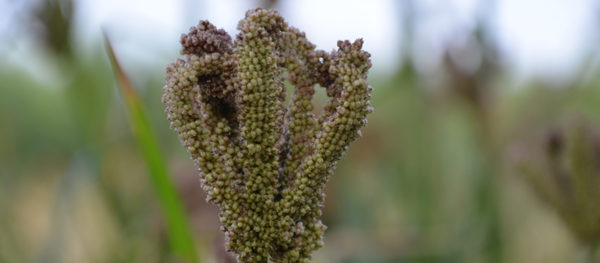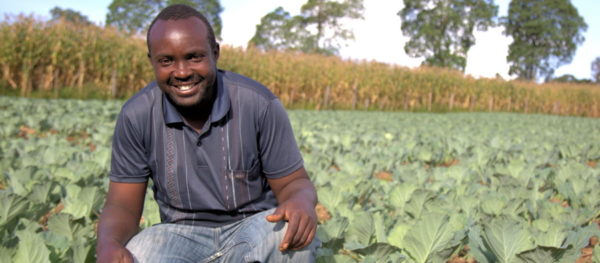Tag: SDG2

Sprouting Grains for Stronger Bones: The Power of Finger Millet
Global: Head of Partnerships at ICRISAT explains the potential that the calcium-rich cereal finger millet has for combatting calcium deficiency around the world.
Read MoreBoosting Productivity and Incomes of Young Kenyan Smallholders
Africa & Middle East: Farm Africa is working with supermarket chain Aldi to help Kenyan farmers end hunger and leave poverty with better results.
Read More

